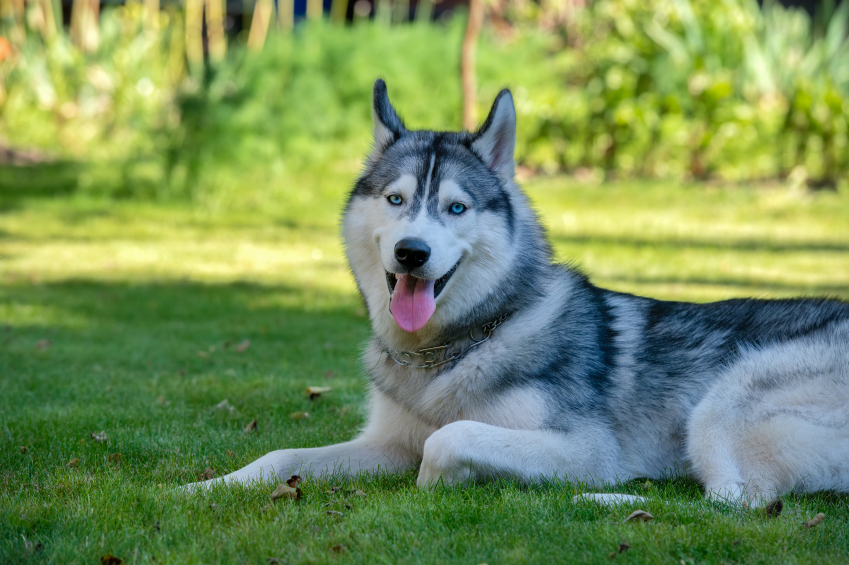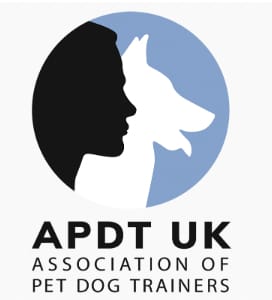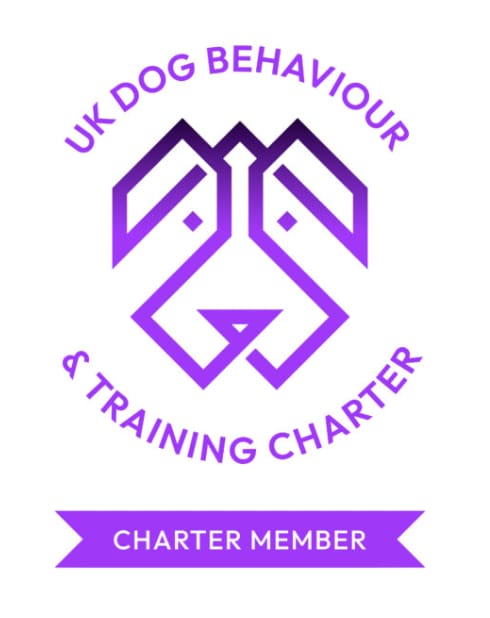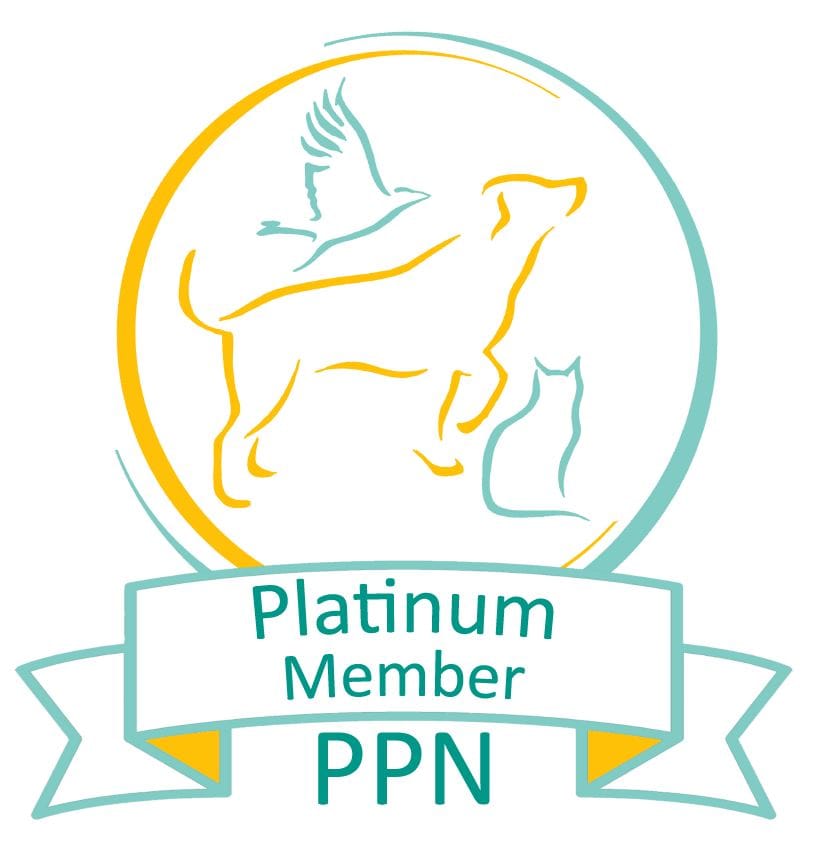The History of Dog Training
06/09/2016 - Blog
Dog training methods have gradually altered over time, reflecting changes in the way that people see them as pets. It applies behaviour analysis to ensure dogs are trained in safe and kind ways, in order to guarantee their health and form a strong bond with their owners.

 If youd like to know more about the history of dog training and how training has reached the kind methods we use today, feel free to contact us to speak to our friendly team. We’re always happy to answer any query you might have!
You can also find us on Facebook and Twitter to see our latest news.
If youd like to know more about the history of dog training and how training has reached the kind methods we use today, feel free to contact us to speak to our friendly team. We’re always happy to answer any query you might have!
You can also find us on Facebook and Twitter to see our latest news.

Dont Mention (Before) the War
Dogs have been kept as companions for millennia before becoming full-fledged member of the family. Before WW1, they were kept for practical purposes - guarding property and herding livestock. Formal training began around wartimes, and dogs were needed to assist servicemen in combat situations. It was during this time that the need for them to follow clear instructions under pressure and generally play a key part in the team became apparent. Views towards dogs have since changed.War Revolution, Part Two
Military trainers returned from the frontline and took their experience with them at a time when large numbers of people were moving from farms to factories and needed dogs that werent going to tear up the furniture when left alone. This greater need to have pets that behaved well was aided once again by the onset of WW2 which, like its predecessor, provided a ready supply of trainers with new skills and in need of a job. The Times are a Changin Clicker training methods of the 1990s sparked a real shift in attitudes, moving towards programmes which emphasised reward-based systems and very little force. Such approaches gained more traction after researchers proved these methods were not only more effective, but also kinder for dogs. Happiness and well-being of dogs is taken very seriously, an ideal that we share here at CK9 Training. Dog training has come a long way since the early days, and we always ensure your best friend is trained in the kindest way possible. Health and well-being are top priorities, ensuring your pet is happy and loved. If youd like to know more about the history of dog training and how training has reached the kind methods we use today, feel free to contact us to speak to our friendly team. We’re always happy to answer any query you might have!
You can also find us on Facebook and Twitter to see our latest news.
If youd like to know more about the history of dog training and how training has reached the kind methods we use today, feel free to contact us to speak to our friendly team. We’re always happy to answer any query you might have!
You can also find us on Facebook and Twitter to see our latest news.
Copyright © 2025 CK9 Training








